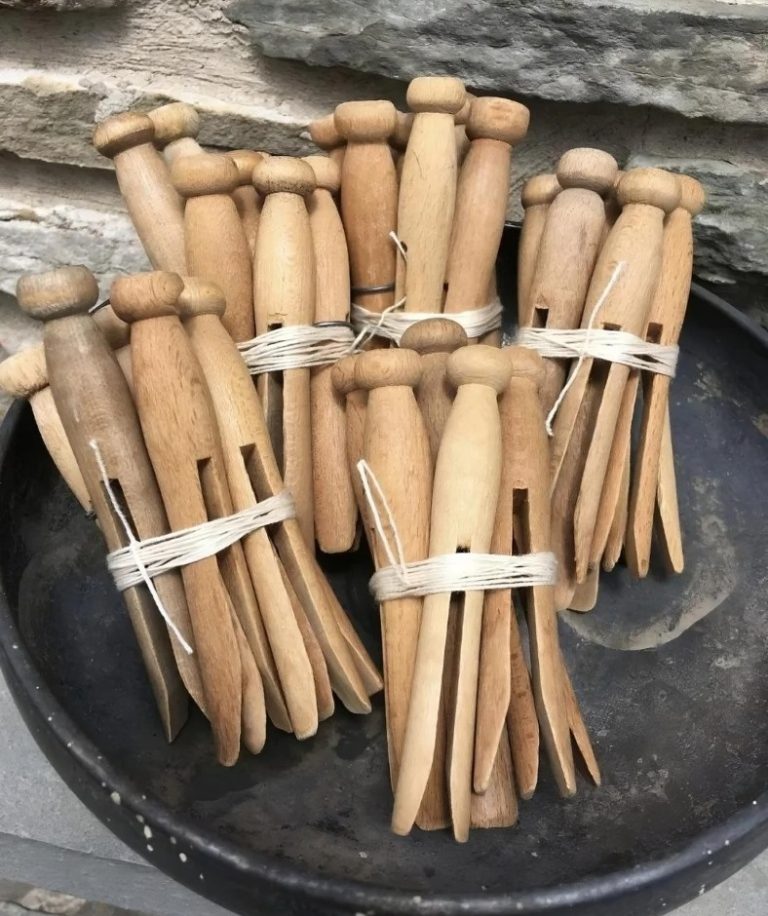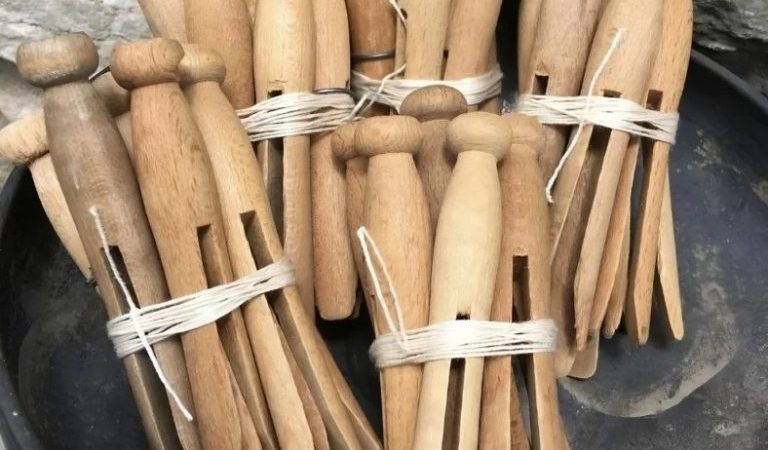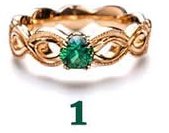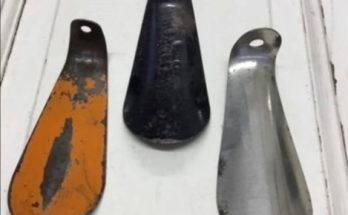? The Humble Wooden Clothespin: A Simple Tool with a Story to Tell
Before laundry rooms and dryers became standard, there was the clothesline—and the unsung hero of wash day? The wooden clothespin.
These little wooden wonders have been around since the 1800s, when drying clothes meant hanging them in the sun and hoping for a breeze. Originally made from bone, horn, or metal, it was the simple wooden design that stole the show. Affordable, easy to make, and endlessly useful, the wooden clothespin became a staple in households across America.
But here’s the thing—early clothespins weren’t just cranked out by machines. They were carefully carved by hand, each one shaped by skilled craftsmen. They were practical, yes—but also little pieces of everyday art.

Fast forward to today, and you’ll still find wooden clothespins holding strong (literally and figuratively). Sure, we don’t all hang laundry outside anymore, but these pins have stuck around for a reason: they’re versatile. Think chip bag clips, photo holders, DIY crafts, Christmas ornaments—you name it, the clothespin can do it.
They’re eco-friendly too. Unlike their flimsy plastic cousins, wooden clothespins last for years. They don’t just break—they live on, weathering the seasons with quiet strength.
And let’s be honest—there’s something deeply nostalgic about them. Maybe it’s the memory of helping Grandma hang towels on the line. Or the way they remind us to slow down, soak in the sun, and appreciate life’s small moments. In a world buzzing with tech and convenience, wooden clothespins offer a gentle throwback to a time when things were simpler—and maybe a little sweeter.
You can still buy them today, online or in stores. And people do—because they work, and because they feel like home.
So next time you clip a photo to a string, seal a snack bag, or even hang laundry the old-fashioned way, remember: you’re not just using a clothespin. You’re holding onto a bit of history.



